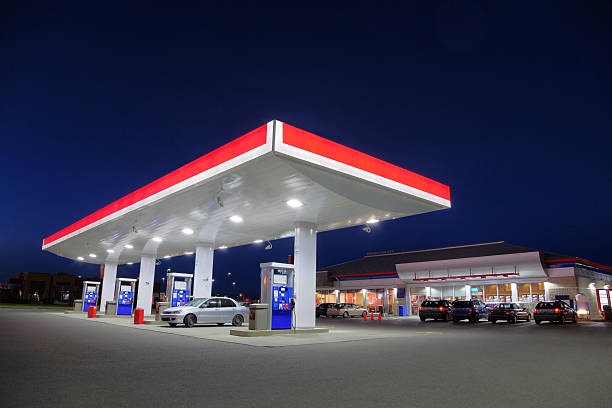300-400 fuel filling stations shut daily

The All-Ceylon Filling Station Owners’ Association (ACFSOA) said that 300-400 fuelling stations islandwide have to be temporarily closed on any given day, as fuel is not supplied to them on a daily basis, and because the amount of fuel supplied to most of the fuelling stations is not enough to meet the demand.
Speaking to the media, ACFSOA President Kumar Rajapakshe said: “On a given day, 300-400 filling stations are kept closed, as fuel is not supplied to them daily. Not every fuelling station gets fuel daily, as the Ceylon Petroleum Corporation (CPC), on a given day, supplies fuel to selected filling stations under a priority list. Some other fuelling stations are not getting enough fuel. The amount of fuel they get – usually 6,600 litres of fuel – is sufficient only for four to five hours. Therefore, they also have to be closed.”
He further said that certain filling stations are not getting fuel, and are then kept closed due to the delays in making the payments for the purchase of fuel. Although the deadline to make the relevant payments has been extended by an hour, considering the prevailing situation, he said that some fuelling station owners cannot make the payments on time, as it takes time to count the money and deposit it into their bank accounts.
“Fuelling stations have completely collapsed economically. The fuel supply to fuelling stations has been reduced by about 50%. It is true that the commission we receive has increased as the fuel prices have increased, but the income of filling stations has gone down due to the lack of fuel supply. Taxes and bank interest rates have gone up. In this situation, many filling stations have collapsed economically.”
Fuelling station owners recently alleged that after the introduction of the quick response (QR) code system for fuel distribution, it has become difficult for them to operate the stations due to the significant drop in fuel sales and the rise in administrative expenses. Several fuelling station owners recently claimed that before the introduction of the QR code system, the stocks of 6,600 litres of petrol and diesel each received at the stations were sold per day. However, they said, after introducing the QR code system, it takes two days to sell that amount of petrol and diesel.
Due to the serious economic crisis that has arisen in the country, particularly the shortage of foreign exchange reserves, the import of fuel and many other commodities has been limited for several months. With the restriction of fuel importation, long queues were seen at fuelling stations in the past. Incidents of certain persons buying fuel and selling them at higher prices were also reported. In this situation, the Ministry of Power and Energy took steps to introduce a system of selling fuel under a QR code system, under which a quota of fuel is sold weekly for registered vehicles.
